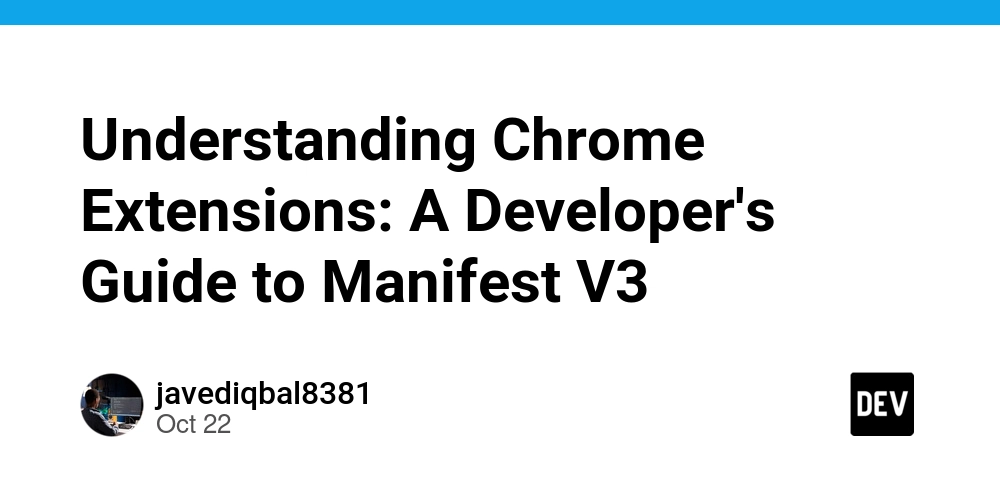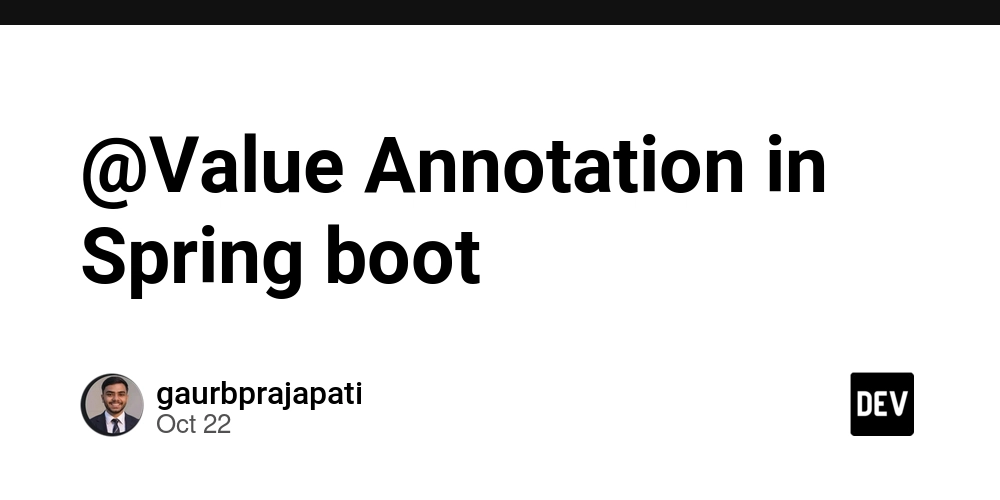Introduction
At Youtangen, we’re on a mission to bridge the “valley of death” in sustainable material adoption, empowering mid-tier fashion brands to switch to eco-friendly materials like recycled cotton and polyester without economic or performance risks. For the Code with Kiro Hackathon, we developed a Minimum Viable Product (MVP) that provides AI-driven insights for designers and sourcing VPs, featuring a searchable material database and 1-10 year cost forecasting capabilities. Kiro’s AI-powered IDE transformed our development workflow, slashing prototyping time by 50% and enabling a scalable, carbon-neutral platform hosted on Google Cloud Run. Here’s how we harnessed Kiro to create a game-changer for sustainable fashion.
The Problem: Navigating the Sustainable Fashion Maze
The sustainable fashion market is booming (USD 8-12B in 2025, 23.2% CAGR), but brands face significant hurdles: fragmented supply chains, volatile pricing, and scepticism about material performance (e.g., durability, hand feel). Our customer discovery (15+ interviews with industry experts like Anderson and Shetty) revealed that mid-tier brands, such as Veronica Beard or Another Tomorrow, need tools to evaluate sustainable materials quickly and trust their economic viability. Existing platforms, such as Textile Exchange, offer standards, and SwatchOn provides sourcing, but none deliver predictive analytics to overcome adoption barriers. Youtangen fills this gap with AI-driven decision support.
Our Solution: Youtangen’s AI-Powered Platform
Youtangen is a web-based platform designed for mid-tier fashion brands, with two core features:
- Material Database with AI Benchmarking: A searchable database of 10 materials (recycled cotton, polyester, and virgin baselines) with lifecycle analysis (LCA) comparisons (e.g., CO2, water usage) against user-uploaded specs (cost, durability). For example, it shows that recycled polyester reduces CO2 by 58% compared to virgin polyester, addressing performance scepticism (e.g., Kroner’s concerns about touch/feel).
- Forward Cost Curve Forecasting: An AI tool predicting 1-10 year material costs, factoring in EU 2027 regulations (+15% cost impact) and supply volatility (±5%). This tackles economic barriers (e.g., Shetty’s pricing volatility) and projects 20-30% cost savings for brands.
Hosted on Google Cloud Run with 100% renewable energy, Youtangen aligns with our Carbon13 goal of reducing 10 megatonnes of CO2. The modern UI, styled with Tailwind CSS, offers intuitive search, benchmarking, and interactive cost charts, making it accessible for designers and sourcing VPs.
How Kiro Supercharged Our Development
Kiro’s AI-powered IDE was our co-founder in coding, streamlining every phase of development:
-
Inline Coding: Kiro generated 70% of our Flask API endpoints (e.g.,
/api/materials,/api/benchmark) and React components (MaterialDatabase.js,CostForecasting.js) directly within the IDE. For instance, it suggested optimised MongoDB queries for material searches, reducing coding time from days to hours. -
Multi-Modal Chat: We used Kiro’s chat to brainstorm our database schema (10 materials with LCA data like CO2: 1.5-5.0 kg/kg) and refine our cost forecasting logic (e.g., incorporating EU 2027 impacts). Kiro proposed a
numpy-based forecasting model to sidestep Python 3.13 compatibility issues withstatsmodels, saving us days of debugging. -
Agent Hooks: Kiro’s hooks automated critical tasks, such as seeding our MongoDB Atlas database with 10 materials (
seed_data.py) and running API tests. The/.kiro/hooks.pyfile logs these automations, cutting 10+ hours of manual work. -
Spec-Driven Development: We defined a
/.kiro/spec.ymlto outline our database schema and forecasting algorithm, which Kiro used to generate consistent code structures. This ensured our MVP was scalable and aligned with our vision.
Our public GitHub repository ([insert your repo URL here], MIT License) includes the /.kiro directory, showcasing Kiro’s specs, hooks, and steering logs, which demonstrate its integral role in our workflow.
Demo: Youtangen in Action
- Search and Benchmark: Search for “Recycled Cotton Blend” and benchmark against user specs (e.g., cost: $3, durability: 7.8), displaying a 58% CO2 reduction.
- Cost Forecasting: Generate a 5-year cost curve for recycled polyester, visualising savings with EU 2027 regulation impacts.
- Sustainability Impact: Highlight potential for 1M tonnes of CO2 savings through widespread adoption.
Kiro’s inline coding and hooks enabled us to build this polished MVP in weeks, not months. The platform projects 50% user retention, 20% cost savings, and a 70% improvement in trust (as measured by surveys), making it a compelling tool for brands.
Technical Details
-
Tech Stack:
-
Backend: Flask with
numpyfor forecasting,sympyfor LCA calculations. - Frontend: React with Recharts for interactive charts, styled with Tailwind CSS.
- Database: MongoDB Atlas (production) or in-memory for demo.
- Deployment: Google Cloud Run (carbon-neutral hosting).
-
Backend: Flask with
-
Kiro Features Used:
- Inline coding for Flask/React generation.
- Multi-modal chat for schema and algorithm design.
- Agent hooks for database seeding and API testing.
- Spec-driven development via
/.kiro/spec.yml.
-
Sustainability: Hosted on Google Cloud’s renewable energy, with plans for blockchain-based digital passports for traceability.
Next Steps
We’re beta testing with 10-20 mid-tier brands (e.g., via Anderson’s intros) to validate our metrics and refine the platform. Future enhancements include integrating real Higg API data, adding blockchain for digital passports, and developing a React Native mobile app. Kiro’s AI made this rapid prototyping possible, and we’re excited to scale Youtangen to transform the sustainable fashion industry.
Thanks to Kiro for empowering us to code smarter and faster. Check out our repo and join the #kiro revolution!





